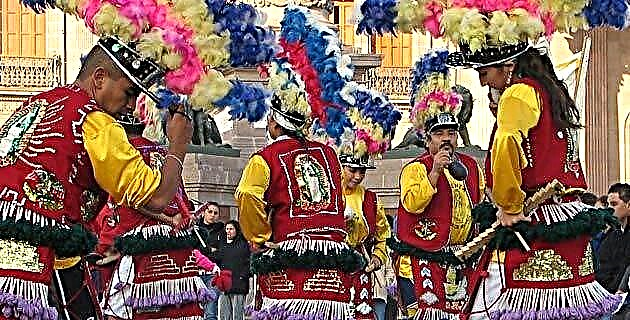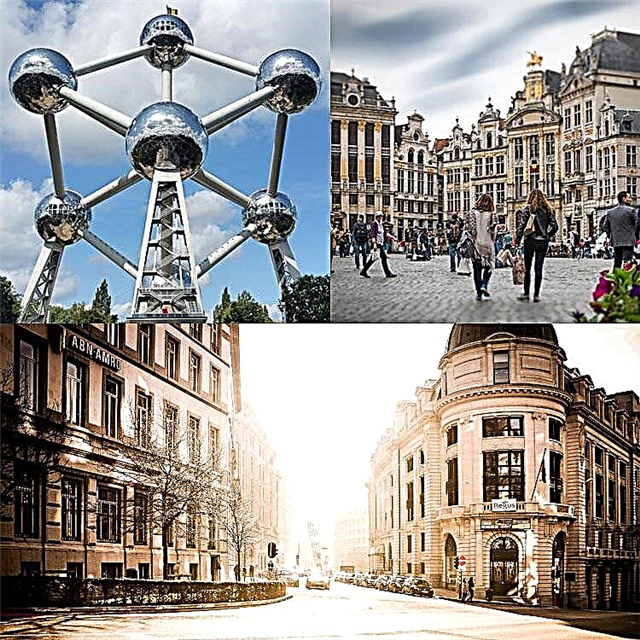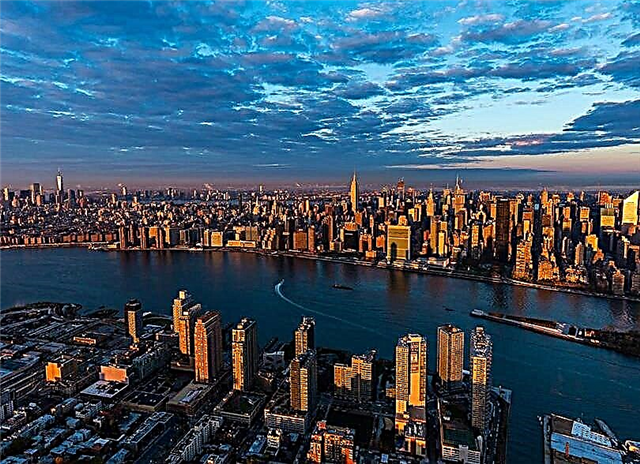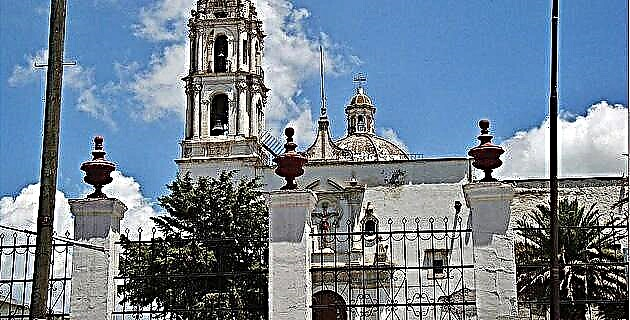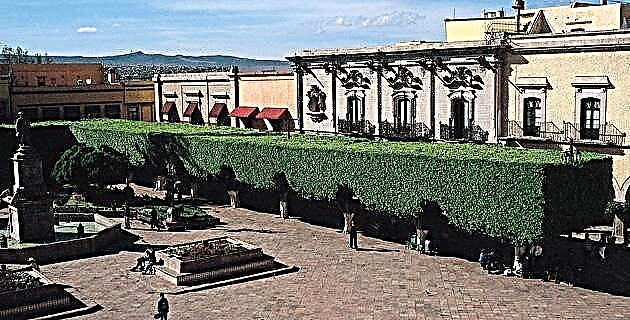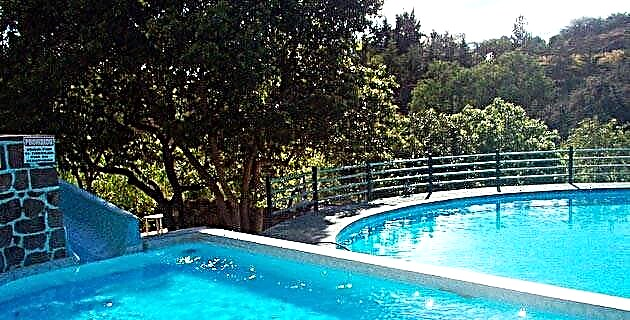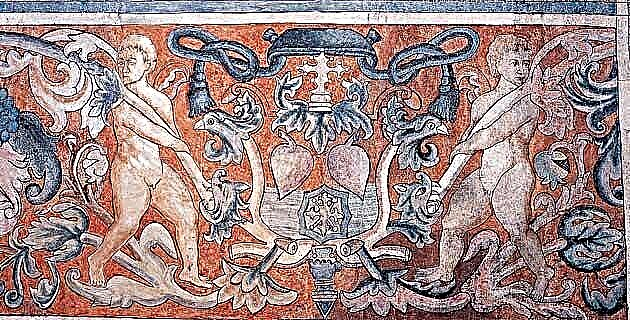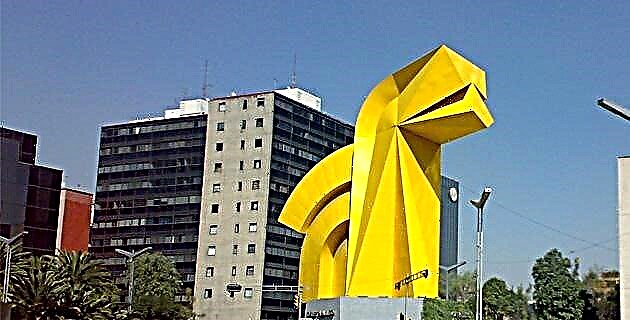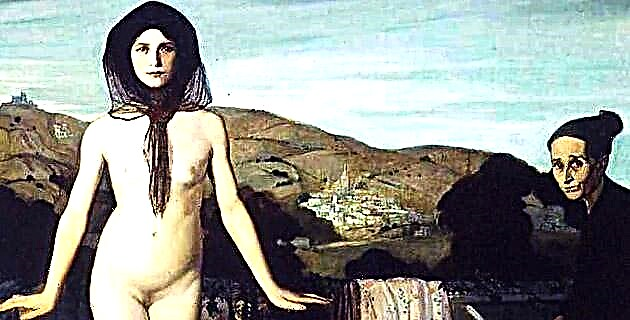
Although he is one of the great Mexican painters of this century, Zárraga is little known in Mexico due to the fact that he spent more than half of his life abroad - about forty years in Europe -, mainly in France.
Ángel Zárraga was born on August 16, 1886 in the city of Durango, and as a teenager he registered at the San Carlos Academy, where he met Diego Rivera, with whom he established a strong friendship. His teachers are Santiago Rebull, José María Velasco and Julio Ruelas.
At the age of 18 - in 1904 - he began his stay in Paris and took refuge in the classical collection of the Louvre Museum, protecting himself from the confusion caused by impressionism and the new trends, although he expressed his appreciation for Renoir, Gauguin, Degas and Cézanne.
Not agreeing very much with what is taught at the School of Fine Arts in Paris, he decides to study at the Royal Academy of Brussels, and later settles in Spain (Toledo, Segovia, Zamarramala and Illescas), which represents a modernity for him. less aggressive. His first teacher in these lands is Joaquín Sorolla, who helps him to be included in a group show at the Prado Museum in Madrid, where two of his five works are awarded and immediately sold.
It is the year 1906, and in Mexico Justo Sierra –secretary of Public Instruction and Fine Arts– gets Porfirio Díaz to give Zárraga 350 francs a month to promote his painting studies in Europe. The artist spends two years in Italy (Tuscany and Umbria) and exhibits in Florence and Venice. He returned to Paris in 1911 to present his work for the first time at the Salon d'Automne; His two paintings - La Dádiva and San Sebastián - are worth a great recognition. For some time, Zárraga allowed himself to be influenced by Cubism and later devoted himself to painting sports subjects. The movement of the runners, the balance of the discus throwers, the plasticity of the swimmers, etc., he was intensely passionate about.
Between 1917 and 1918 he painted the stage decorations for Shakespeare's drama Antony and Cleopatra, which was performed at the Antoine Theater in Paris. These decorations can be considered as early attempts by the artist to venture into wall painting.
Subsequently, he devoted himself for several years to making the mural paintings - fresco and encaustic - of the Vert-Coeur castle in Chevreuse, near Versailles, where he decorates the staircase, the family room, the corridor, the library and the oratory. Just at this time, José Vasconcelos called him to participate in Mexican muralism, decorating the walls of the most important public buildings, but Zárraga refused because he had not finished his work in that castle.
However, he begins to develop a vast mural work in France.
In 1924 he decorated his first church, that of Our Lady of La Salette in Suresnes, near Paris. For the main altar and the sides, he makes beautiful compositions in which he uses some formal resources from Cubism (unfortunately these works are now missing).
Between 1926 and 1927 he painted the eighteen boards of the then Mexican Legation in Paris commissioned by the engineer Alberto J. Pani. These boards decorate the enclosure for several decades, but later they are badly discarded in a cellar and when they are rediscovered they are already extremely deteriorated. Fortunately, years later they are sent to Mexico, where they are restored and even exposed to the public. Most of them remain in the country and the others are returned to the embassy. We will briefly discuss four of these boards below.
It is unknown if the intellectual author of the eighteen works is Zárraga himself or the minister who commissioned them. The paintings are totally assimilated to the artistic current of the moment, now known as art deco; the theme is an allegorical vision concerning "the origin of Mexico, the natural disturbances of its growth, its friendship for France and its yearnings for internal betterment and universal fellowship."
Love each other. It shows several human figures of all races that are grouped around a terrestrial globe –supported by two kneeling figures– and that coexist in harmony. Zárraga is extremely devout and tries to convey that since the Sermon on the Mount (almost two thousand years ago) modern civilization has endeavored to impregnate the spirit of man with Christianity and it has not been able to retain even the smallest dose of moral contained in the different codes, as evidenced by the need for the police and wars between political parties, social classes or peoples.
The northern border of Mexico. Here both the dividing line of the two races that populate the continent and the northern border of Latin America are marked. On one side are the cacti and flowers of the tropics, while on the other are the skyscrapers, factories and all the accumulated power of modern material progress. An indigenous woman is the symbol of Latin America; the fact that the woman is on her back and facing north may respond as much to a welcoming attitude as to a gesture of defense.
The horn of plenty. The riches of Mexico - ambitioned and possessed by the privileged inside and the powerful outside - have been a constant cause of the country's internal and external difficulties. The map of Mexico, its cornucopia and a beam of light in the shape of a wood that is carried by the Indian, express that the same exuberant wealth of the native soil has been the cross of the Mexican people and the origin of all their pain.
The martyrdom of Cuauhtémoc. Last Aztec tlacatecuhtli, Cuauhtémoc symbolizes the energy and stoicism of the Indian race.
Zárraga continues his pictorial work in various parts of France, and in the 1930s he is considered the foreign artist who receives the most orders to paint walls in that country.
In 1935 Zárraga used the fresco technique for the first time in the murals of the Chapel of the Redeemer, in Guébriante, Haute-Savoie, these, together with his brilliant career, earned him the appointment of an officer of the Legion of Honor.
World War II breaks out and 1940 is a very difficult year for the painter, but on June 2 - the date of the great bombing of Paris - Zárraga, extremely carefree, continues to paint the frescoes in the student chapel of the University City of Paris. "It was not for courage, but for that fatalism that we Mexicans have."
His work does not marginalize him from the events that shock the world. Through Radio Paris he directs a series of programs dedicated to awakening anti-Nazi consciousness in Latin America. Although he was an artist who stayed away from politics, Zárraga was a devout Catholic, and in addition to painting he wrote poetry, chronicles and in-depth essays on artistic matters.
At the beginning of 1941, helped by the Mexican government, Zárraga returned to our country in the company of his wife and little daughter. Upon arrival, he does not recognize the meaning and work of the muralists in Mexico. The misinformation of the Durango painter stems from his ignorance of post-revolutionary Mexico. His only memories were sunk in the Frenchification and Europeanism of the Porfirian era.
In Mexico, he settled in the capital, set up a studio where he gave classes, painted some portraits and, commissioned by the architect Mario Pani, began a mural in 1942 in the rooms of the Bankers Club of the Guardiola building. The artist chooses wealth as his theme.
He also made a fresco at the Abbot Laboratories and around 1943 he began his larger work in the Cathedral of Monterrey.
Shortly before his death, the painter worked on the four frescoes in the Mexico Library: The Will to Build, The Triumph of Understanding, The Human Body and The Imagination, but he only concluded the first.
Ángel Zárraga died of pulmonary edema at the age of 60, on September 22, 1946. For this reason Salvador Novo writes in the News: “He was anointed with a European prestige, proportionally greater upon his arrival, than the one he adorned Diego Rivera at the earliest of his ... but on the date he returned to his homeland, his homeland had already succumbed to the acceptance of what is, among the common people, by the Rivera school, and realistic, academic painting , by Ángel Zárraga, was strange, discordant ... He was a Mexican painter whose nationalism made one think of a Saturnino Herrán, a Ramos Martínez, perfected or evolved towards a greater classical mastery ... He made no concessions to the fashion that he found ingrained upon his return to his country".
The main sources of information for the writing of this article come from: The longing for a world without borders. Ángel Zárraga at the Mexican Legation in Paris, by María Luisa López Vieyra, National Museum of Art, and Ángel Zárraga. Between allegory and nationalism, texts by Elisa García-Barragán, Ministry of Foreign Relations.

